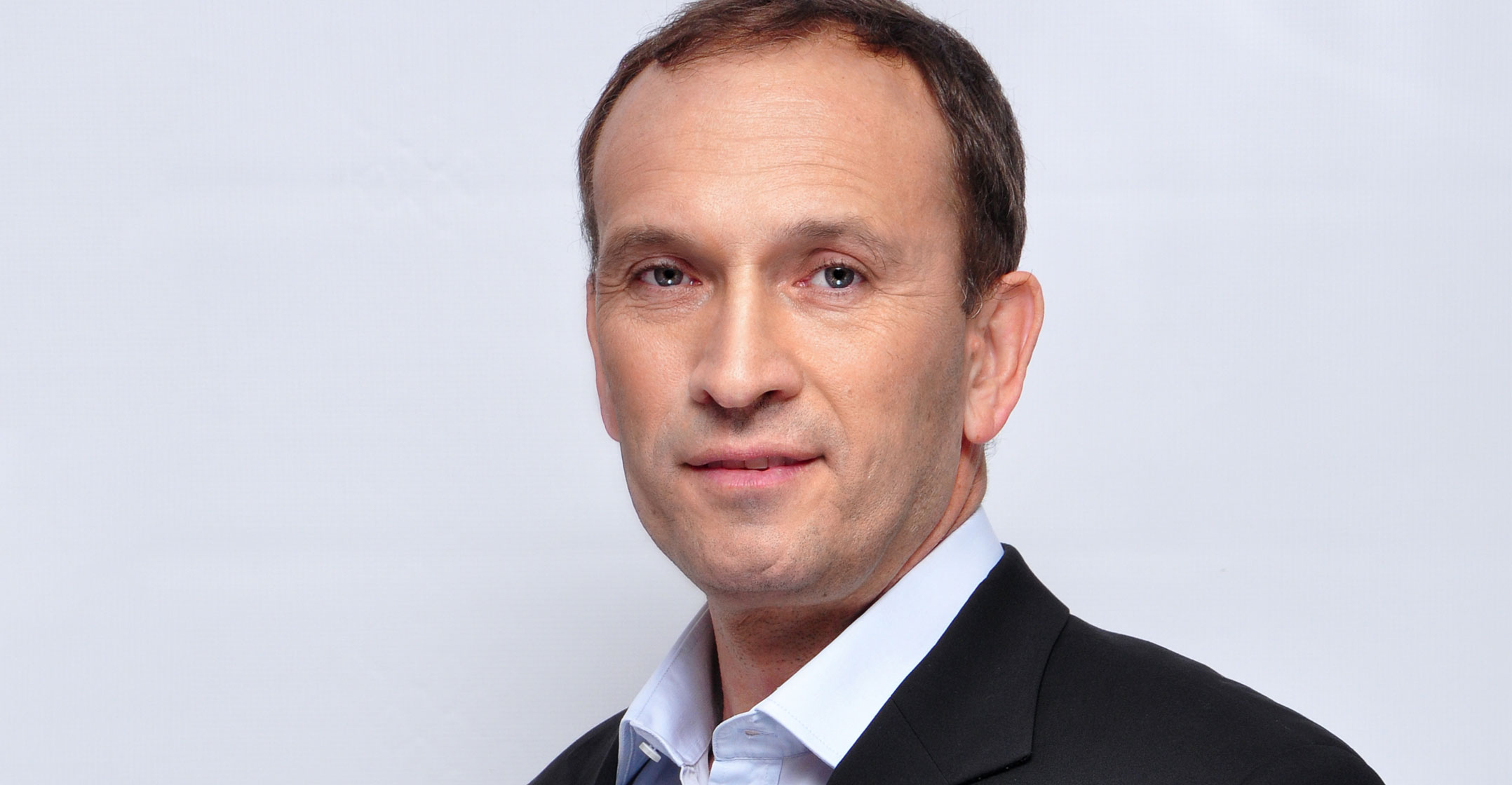
[dropcap]V[/dropcap]odacom claims to have become the first telecommunications operator in South Africa to achieve a speed test, across a mobile network, of more than 500Mbit/s.
It achieved the speed using LTE-Advanced technology, also known as 4G+, it said.
“The test was successfully completed on a commercial, LTE-Advanced base station at the Vodacom regional office in Nelspruit in Mpumalanga on 6 June using all three of Vodacom’s frequency bands,” it said in a statement.
“Total bandwidth of 45MHz was used, by ‘carrier aggregating’ three different spectrum bands of 10MHz of 900MHz, 10MHz of 1.8GHz and 15MHz of 2.1GHz Vodacom spectrum,” it said.
To achieve the blistering speed, 4×4 multiple input multiple output (MIMO) and 256 quadrature amplitude modulation (256QAM) technology features were also activated on the site. The 4×4 MIMO feature uses four antenna ports to transmit and receive data, which in turn requires specialised antennas on base stations as well as accompanying smartphone antennas. The internal smartphone modem has to be capable of supporting four different data streams, the company explained.
The 4×4 MIMO feature also means that the data connection between the base station and the mobile device consists of up to four separate data streams. “Since each data stream can contain independent data, there is the possibility for a quadrupling in the data rate over a single data stream,” it continued. “256QAM is a higher-order modulation scheme, which also increases the amount of data carried in an LTE signal.”
Vodacom carried out the test using a Samsung Galaxy S8+ handset that supports “triple-band carrier aggregation, 4×4 MIMO and 256QAM all at the same time”.
Ookla
The actual speed achieved, using an Ookla speed test, was 549.99Mbit/s.
Vodacom chief technology officer Andries Delport said in the statement that the company can only offer such speeds to consumers if more spectrum is made available by the regulator to mobile operators.
“In this instance, it was possible to use the base station at the Nelspruit office for the test, as it presented an opportunity to ‘refarm’ spectrum for LTE without needing to do the same over extensive neighbouring areas,” Delport said.
“It is difficult to replicate the same results over other, wider parts of the network, as spectrum refarming is not possible without affecting service quality to existing users, particularly the large number of 2G and 3G customers who are all competing for the same limited spectrum resources.” — © 2017 NewsCentral Media




